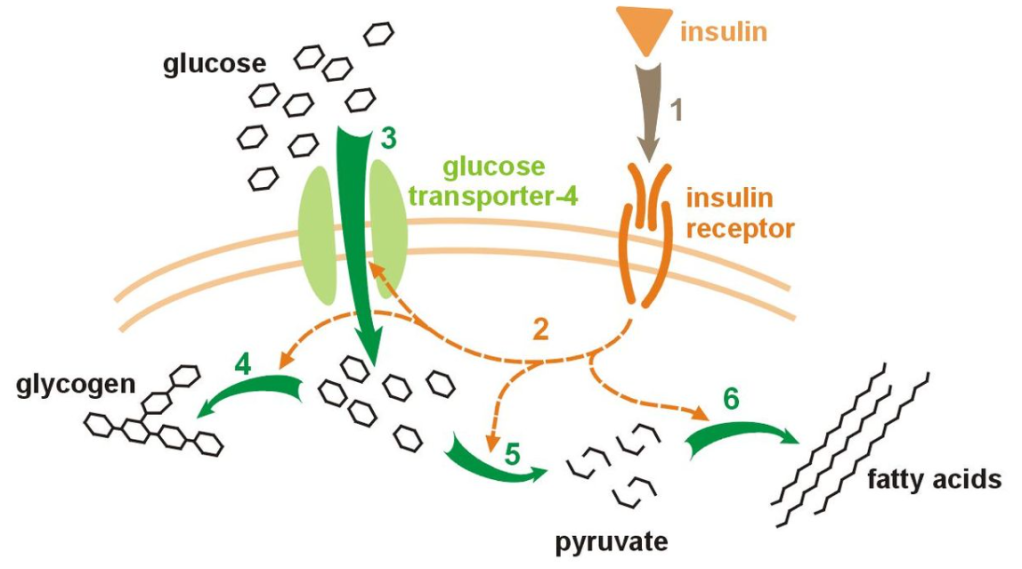What is Gestational Diabetes Mellitus (GDM) ? When does gestational diabetes occur?
Gestational Diabetes occurs when the body of a pregnant woman is not able to produce sufficient insulin to handle the increased blood glucose level. Beta Cells of Langerhans in the pancreas do not produce sufficient insulin.

Whatever we eat gets converted into glucose as it is the source of energy for metabolic and physical activity of the body. Glucose is converted in to glycogen and fatty acids. Glucose is the only source of energy for brain tissue. Only glucose can enter the brain through the blood brain barrier.
Pathophysiology of gestational diabetes.
The reason for insufficient insulin production or high blood glucose are as follows.
Lifestyle and food habits have increased risk for women getting type 1 diabetes and type 2 diabetes.
Undisciplined lifestyle and food habits like alcohol consumption and smoking, no-physical activity is the main reason for developing gestational diabetes in women.
Placenta that holds the baby with its cord. produces various hormones which render insufficient insulin secretion by mother’s pancreas. This results in insulin resistance.
Sometimes gestational diabetes is developed due to genetic disorders, if one of the parents of the woman has diabetes then her chances of getting gestational diabetes are more.
GDM is detected in the second to third trimester of pregnancy. Mothers body glucose level is higher, the insulin produced in mother’s body is not sufficient to clear the glucose from the blood, therefore her body keeps on producing more and more insulin, which puts load on pancreas.
Due to increase in blood glucose, and glucose can pass the placental barrier, it triggers fetus pancreas to produce insulin. It has an indirect effect on the fetus.
Do gestational diabetes cure after pregnancy?
GDM most of the time vanishes after the pregnancy, this is due to correction in the hormones required during the pregnancy are no longer secreted after pregnancy which corrects the diabetes.
Insulin Resistance:
Insulin is a hormone consisting of amino acids placed in sequence, it activates muscle and adipose tissue cells to absorb the glucose from the blood. This occurs with the help of transport mechanisms, like active transport and passive transport these mechanisms are activated after an insulin molecule binds to the body tissue cells at insulin receptors and triggers events of biochemical sequences.
Insulin resistance occurs in the event that the receptor binding is not complete, or there are insulin-like growth factors secreted by the liver that block the insulin receptors rendering insulin partially ineffective. Resistance towards the insulin is caused by modification in the insulin receptors structures caused by autoimmune antibodies attacking these cells and damaging them. Insulin forms a covalent bond on the cell surface, through phosphorylation, the deficiency or shortage of enzyme tyrosine kinase leads to ineffective binding of insulin to body tissue cells, which do not result in glucose mobilization and the glucose gets saturated in blood, causing diabetes. One or the other of these factors contribute to gestational diabetes.

Leave a Reply